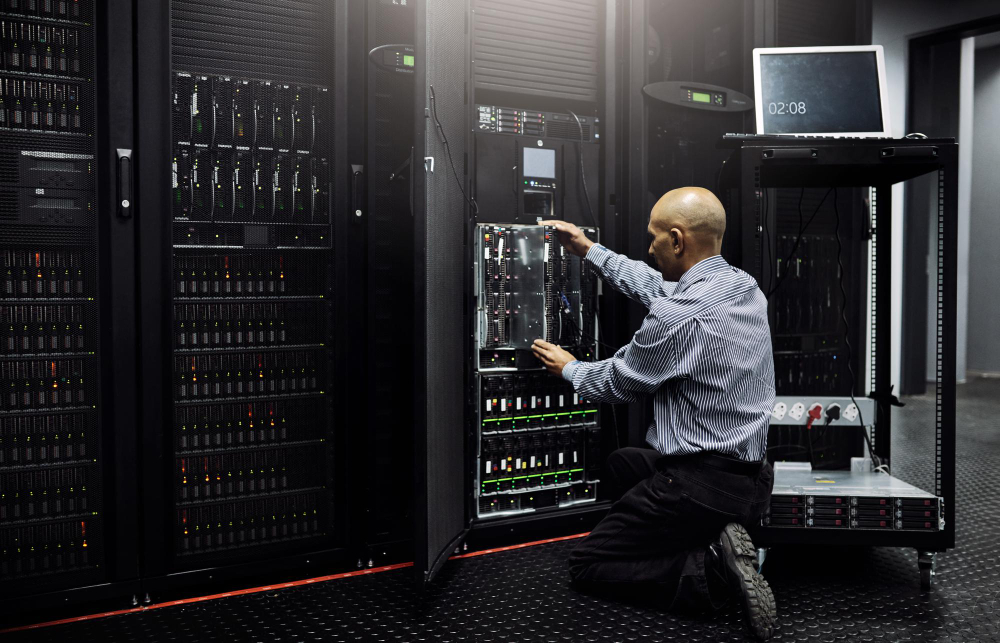IT infrastructure upgrades refer to the process of enhancing, modernizing, or expanding the components and systems that make up an organization’s information technology (IT) infrastructure. This can include hardware, software, networking equipment, and other technology-related resources. The goal of IT infrastructure upgrades is to improve the overall performance, security, and capabilities of an organization’s IT environment to meet current and future business needs.
IT infrastructure upgrades are crucial for maintaining a resilient, secure, and high-performing technology environment that aligns with an organization’s current and future business requirements. Regular assessments and strategic planning help organizations make informed decisions about when and how to upgrade their IT infrastructure.

